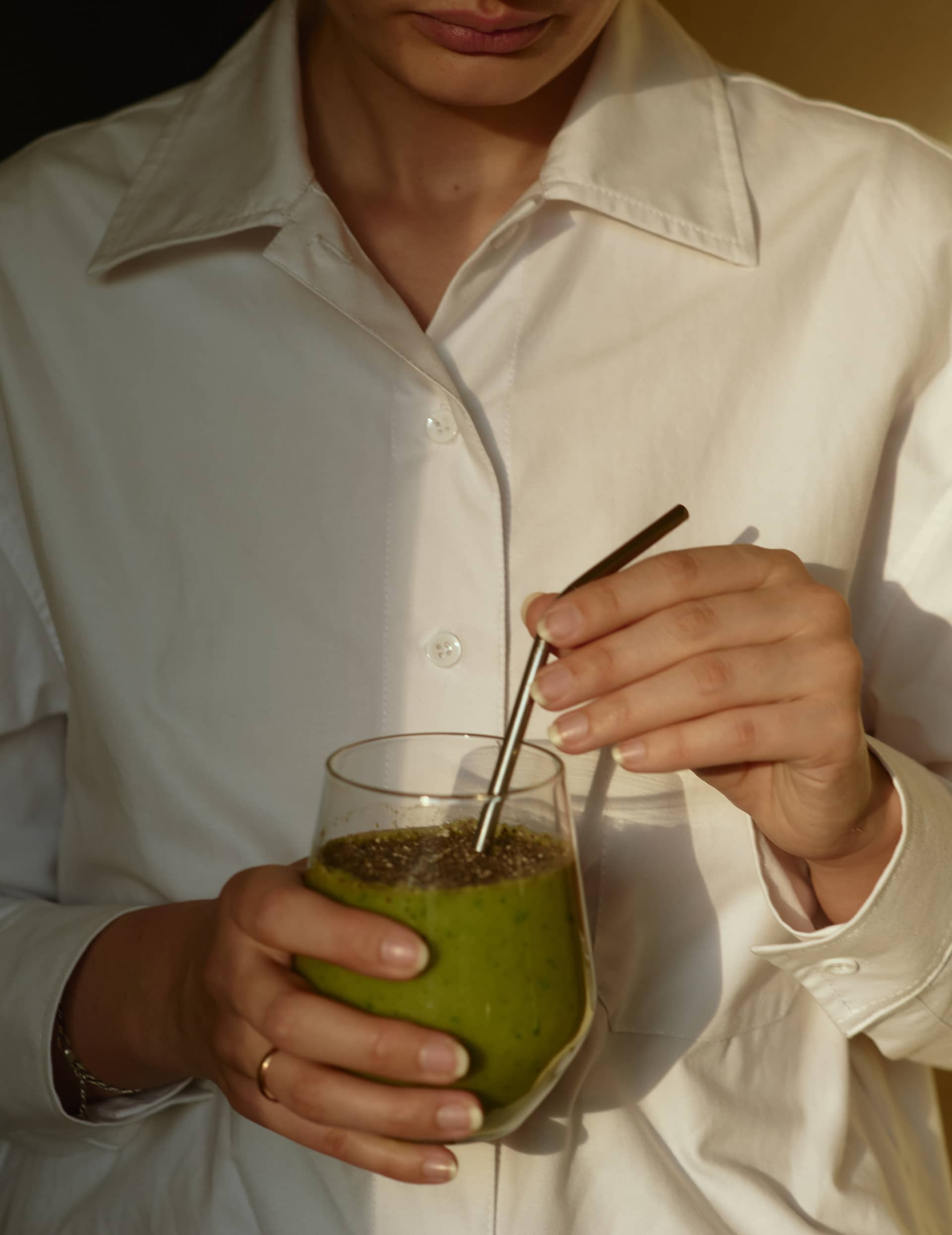The Problem with "Clean Eating"

There’s a joke in the world of sports dietetics: The only type of "un-clean" food is food that has fallen on the floor.
“Clean eating” is a topic Registered Dietitian and professional runner Maddie Alm discusses frequently with her clients, though her stance often meets resistance. Her professional take? “There’s no such thing as clean eating. It’s a social media-driven term. I went to school for eight years; there’s no clinical definition of clean eating.”
Bucking diet culture, Maddie promotes mantras like “food is fuel” and “all foods fit.” On social media, she shares examples of meals that are practical, satisfying, and check the boxes for an athlete’s needs: carbohydrates, protein, and fats.
Her food isn’t perfectly styled, but it’s refreshingly simple and accessible for athletes of all ages and cooking abilities. Think pancakes with bacon and eggs, pastries, bagels with cream cheese, burgers and fries, cereal with milk, and even frozen pizza.
For many well-intentioned athletes, however, accepting that these foods can support health and performance isn’t easy. Simply dismissing concerns about food quality also isn’t a productive way to start a conversation about proper nutrition.
When working with someone who wants to eat “cleaner,” Maddie explores misconceptions around processed foods. She’ll ask questions like, “Okay, I get that you’re trying to limit processed foods, but why?” and “What does processed food mean to you?”
One of her favourite examples to get clients thinking (and lighten the mood) is baby carrots. Baby carrots are processed: they’re cut down from whole carrots. The key point is differentiating “processed” from “unhealthy” or “non-nutritional.” Of course, eating a handful of baby carrots isn’t the same as eating a handful of chocolate bars, yet, sometimes a bit of candy can provide the quick carbohydrates an athlete needs before exercise, and might sit better than a handful of carrots.
Ultimately, while some foods are higher in vitamins and minerals, all foods can have a place in an athlete’s overall diet. This is where the “clean eating” label can backfire, causing athletes to fear foods that could actually benefit them. Maddie explains, “Pre-made options like frozen burritos, frozen fruits and vegetables, or pre-chopped items are really helpful for busy athletes who don’t have a lot of time to prepare meals. Making those choices is always better than skipping meals or grabbing something like a salad, which might not provide enough carbohydrates or protein for an athlete’s needs.”
Trying to “eat clean” can also backfire by leading athletes to overdo high-fibre foods, which “can actually make you feel sluggish, cause GI issues, and end up leading to underfueling because they’re filling but not very calorie-dense.” For many athletes, this cycle of too much fibre, GI distress, eliminating more foods, and chronic underfueling is a root cause of REDs.
Maddie’s goal is always to help athletes understand how to eat healthfully without restrictive “clean eating” labels, and to recognise when different foods, whole or processed, can best support their goals.
My biggest goal is for athletes to never be fearful of a specific type of food.”